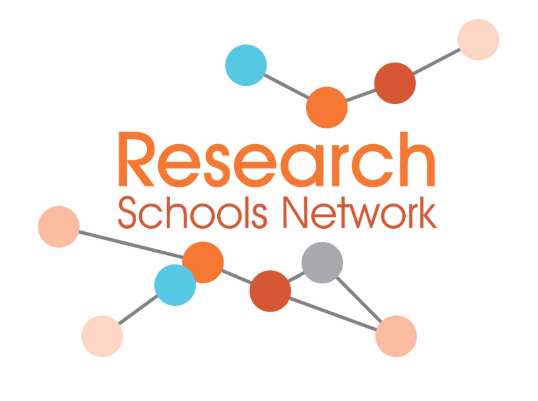In today’s diverse and inclusive educational landscape, teachers often find themselves faced with students who have varying learning needs. In secondary classrooms, where subjects become more specialised, catering to these diverse needs can be a significant challenge. This is where Learning Support Plans (LSPs) can be a vital tool in our teaching toolkit, helping us to create a positive and inclusive learning environment for all students.
The starting point for LSPs is accurate diagnosis of need. In the EEF’s Special Educational Needs in Mainstream Schools guidance report it suggests that learning needs can be defined in three ways:
1. all children have common needs — for example, the need to receive effective teaching;
2. some children have specific needs that are shared with a similar group — for example, pupils with a hearing impairment need access to means of audiological support; and
3. all children have individual needs — for example, pupils with a Speech and Language Disorder may benefit from pre-teaching of vocabulary and scaffolded talk opportunities.
What are Learning Support Plans and how can they support SEND students?
Publication Source

